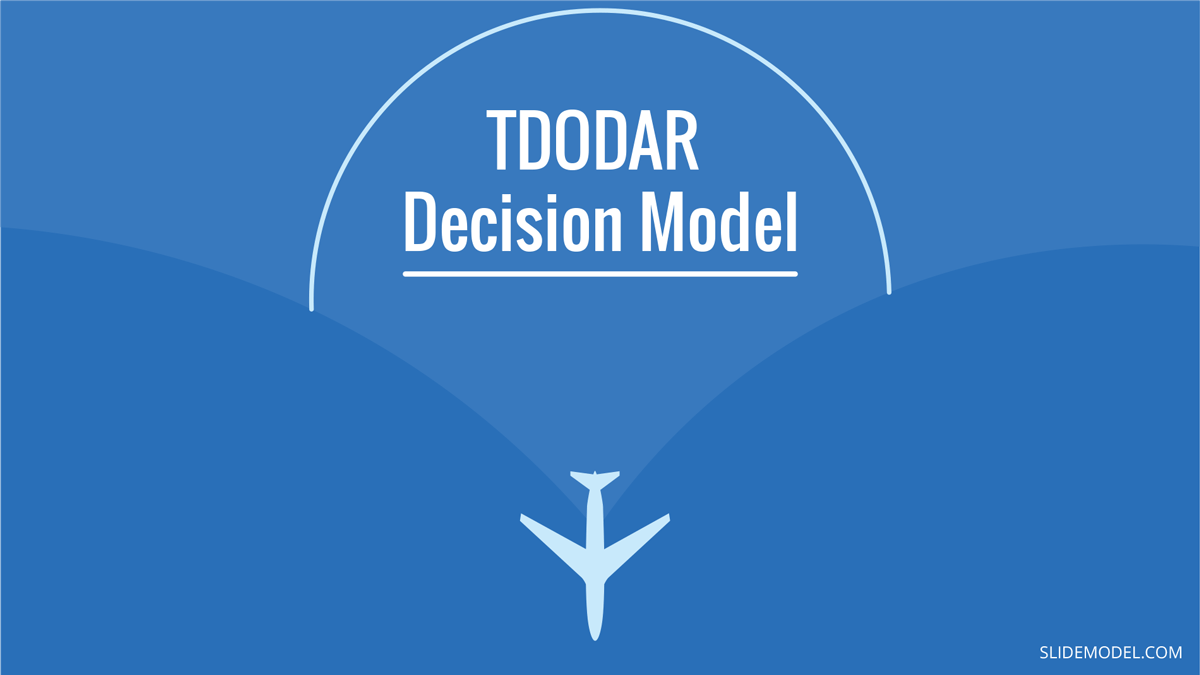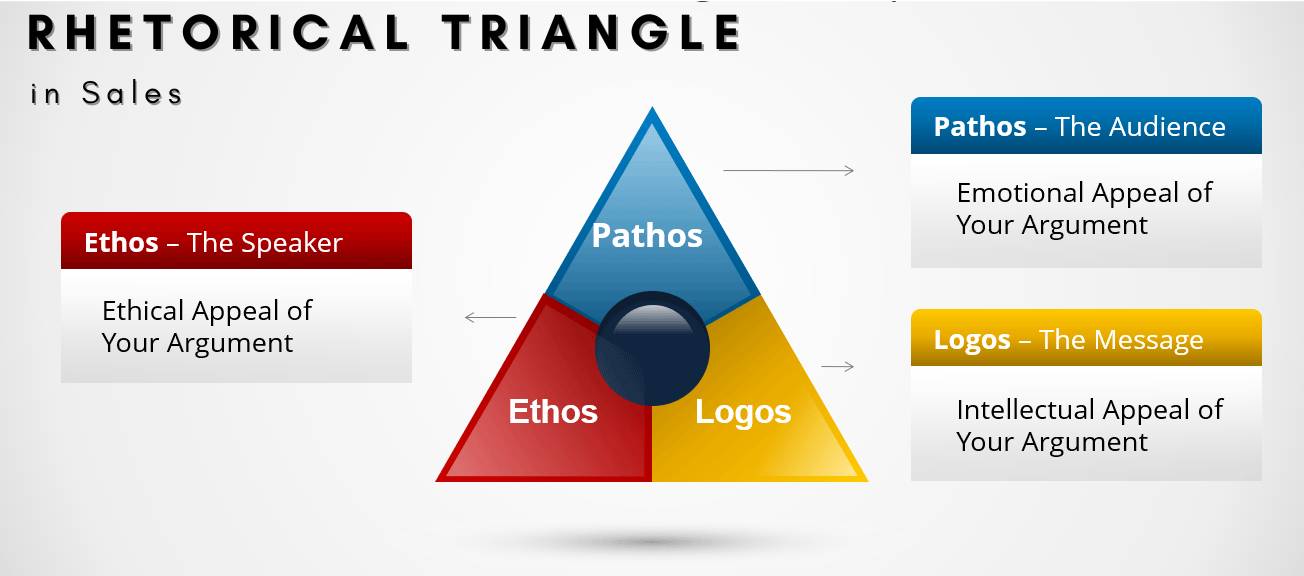The TDODAR decision model stands as a structured approach to decision-making particularly honed for high-pressure environments. Originating in the field of aviation, this method assists pilots in identifying and responding to critical situations with a systematic mechanism. TDODAR, which stands for Time, Diagnosis, Options, Decide, Assign, and Review, emphasizes timing and clear-headed analysis, leading to informed choices under stress.
Pilots leverage this model to ascertain the urgency as they diagnose the issue at hand. They quickly generate options, decide, assign tasks to relevant team members, and set a review strategy to assess the outcomes. While commonly associated with aviation, the TDODAR decision model principles apply in various scenarios where rapid and efficient decision-making is paramount.
Understanding TDODAR
TDODAR is a structured approach to decision-making under pressure, explicitly designed to provide clarity and direction in critical situations.
Origins and Definition
The TDODAR decision model originated within the aviation industry, tailored for pilots to effectively navigate crises. The acronym stands for Time, Diagnosis, Options, Decide, Act, and Review. This systematic method helps individuals and teams to slice through confusion and act decisively.
TDODAR in Aviation
In aviation, pilots frequently face high-stakes scenarios where rapid and accurate decision-making is crucial. British pilots have adopted TDODAR as a standard protocol for managing emergencies and unplanned events. The model promotes a calm and collected analysis of the situation, ensuring safety remains the top priority.
Components of TDODAR
The components of TDODAR provide a roadmap for critical thinking:
- Time: Assess the urgency of the situation.
- Diagnosis: Understand the nature and severity of the problem.
- Options: Identify all possible courses of action.
- Decide: Choose the best option based on the information available.
- Act: Implement the chosen decision promptly and effectively.
- Review: Evaluate the outcome of the decision and adjust if necessary.
This sequential process mitigates risk by providing a consistent framework for navigating complex problems.
TDODAR Process
The TDODAR Process is a structured methodology designed to guide individuals through decision-making under pressure, emphasizing timely, well-considered actions. It consists of critical steps, each contributing to an effective resolution.
Time Assessment
When employing the TDODAR model, one begins by evaluating how much time is available to address the issue at hand. This Time Assessment is crucial as it influences the detail and depth to which subsequent steps can be executed. The quicker the required response, the more streamlined the decision-making process.
Diagnosis of the Situation
In the Diagnosis of the Situation, individuals must analyze the circumstances to identify the core of the problem. The aim is to diagnose accurately and clearly understand the challenge before considering potential solutions.
Options for Action
The third phase involves generating Options for Action. They assess all viable courses of action, considering their feasibility and potential impact. This step thoroughly examines possible solutions, from which the most appropriate can be selected.
Decision Making
Decision-making entails choosing the best course of action from the options outlined. It’s imperative that the decision is made decisively and based on the information available at that moment, balancing speed with the need for informed action.
Assignment of Tasks
Following the decision, the next step is the Assignment of Tasks. Here, specific responsibilities are allocated to team members, outlining who will execute each aspect of the decided action plan. Clarity is key to ensuring effective implementation.
Review and Reassessment
Lastly, the TDODAR Process includes Review and Reassessment. After actions are taken, outcomes are reviewed to gauge effectiveness and quality. The process is repeated to refine the approach and address any emergent issues if necessary. This step closes the loop in the decision-making cycle, encouraging continuous improvement.
TDODAR’s Application in Emergencies
In emergency situations, the TDODAR decision model offers a structured method for individuals to navigate the complexities of stress and urgency. This framework is especially critical under intense time pressure, where decisions can significantly impact outcomes.
Handling Pressure and Urgency
When an individual is under pressure, the cognitive load increases, potentially leading to hasty or unconsidered decisions. TDODAR mitigates this by providing clear steps: Time, Diagnosis, Options, Decide, Act/Assign, Review. Each element acts as a checkpoint, ensuring that decisions are neither rushed nor delayed beyond the available time. In an emergency, precision is vital, as is recognizing the situation’s urgency.
Dynamic Decision Making
In dynamic and rapidly changing environments where every second counts, TDODAR enables ongoing assessment and realignment of actions. After initial decisions are made and actions are taken, the Review step encourages responders to reassess the situation—considering any changes or new information. This cyclical process is especially crucial in emergencies, as it allows for adaptability in the face of stress and pressure.
Implementing TDODAR in Teams
In the context of team operations, implementing the TDODAR decision model provides a structured approach to decision-making that clarifies roles and responsibilities, especially in high-pressure environments such as aviation, where pilots and crew must act decisively.
Leader and Subordinate Roles
Within a team, clearly defined roles for leaders and subordinates are crucial for effectively applying TDODAR. The leader is responsible for initiating the decision-making process and guiding the team through the steps: Time, Diagnosis, Options, Decide, Act, and Review. They must assess the time available and set the pace for the subsequent stages. While reporting to the leader, subordinates play an integral part by providing input during the Diagnosis and Options stages and carrying out assigned tasks during the Act stage.
- Leader: Initiates TDODAR, sets stages’ deadlines
- Subordinates: Provide input, execute decisions
This structured interaction between leaders and subordinates helps maintain order, reduces confusion, and enhances the team’s overall effectiveness in crisis scenarios.
Responsibility and Structure
Incorporating the TDODAR model into a team’s workflow introduces responsibility and structure. Each team member, whether a pilot, crew member, or manager, must understand their specific responsibilities within the process:
- Time: The manager assesses time constraints and informs the team.
- Diagnosis: Crew members gather information and report to the leader.
- Options: The team collaboratively lists possible options.
- Decide: The leader makes the decision, considering team input.
- Act: Pilots and crew execute the chosen option.
- Review: The team reflects on the decision’s outcome.
Through this precise structure, every individual knows their role in contributing to the team’s response to challenges. It is through these predetermined roles and the systematic nature of the TDODAR model that teams can perform under pressure, mitigate risks, and strive for a successful outcome.
Limitations of TDODAR
While the TDODAR decision model is a robust framework for decision-making under pressure, there are certain limitations to consider. These limitations revolve primarily around human factors such as biases and knowledge levels, which can affect decision-making.
Potential Biases and Errors
Biases: The TDODAR model assumes rational decision-making, yet individuals often bring inherent biases to the process. Cognitive biases can distort thinking and lead to suboptimal decisions. For example, confirmation bias could prompt an individual to preferentially embrace information that aligns with their existing convictions, impacting the “diagnosis” and “options” stages of the model.
Errors: Predictable errors can occur, especially under duress. Stress might cause hasty decisions during the “decide” phase or lead to an inadequate “review” of the action taken, potentially resulting in the neglect of better alternatives.
Knowledge and Experience Variables
Knowledge: The effectiveness of the TDODAR model hinges on the quality and completeness of the information available during the “diagnosis” phase. Individuals with insufficient knowledge about the situation may fail to accurately identify problems or generate viable options.
Experience: A person’s experience significantly influences their ability to navigate the TDODAR steps effectively. Experienced professionals may quickly assess situations and develop comprehensive options, whereas inexperienced users may struggle with these tasks, especially under time constraints.
Each of these factors — biases, errors, knowledge, and experience — must be accounted for to mitigate the limitations of the TDODAR decision model.
Comparative Decision Models
Comparing different decision models provides insights into their distinct methodologies and applications. It illuminates their strategic fit for various decision-making scenarios.
OODA Loop
The OODA Loop, formulated by military strategist John Boyd, stands for Observe, Orient, Decide, Act. This model emphasizes a rapid, iterative approach to decision-making and is notable for enhancing responsiveness in changing environments. Pilots and military commanders often utilize the OODA Loop to outmaneuver opponents by quickly adapting to new information.
SWOT Analysis
On the other hand, SWOT Analysis is a decision-making tool used extensively in business to evaluate strengths, weaknesses, opportunities, and threats. Unlike the OODA Loop’s focus on dynamic and iterative decision-making, SWOT Analysis prioritizes a structured, strategic overview that enables organizations to align internal capabilities with external possibilities and risks.
Each model suits different contexts: the OODA Loop excels in high-stakes, rapidly changing situations, while SWOT Analysis is ideal for strategic planning and problem-solving in more static environments.
Tips for Effective Use of TDODAR
When utilizing the TDODAR decision model, individuals and teams can enhance their decision-making effectiveness with some targeted tips.
- Training: Regular training in the model ensures familiarity and speed when real-time application is necessary. It’s vital for decision-making parties to rehearse using TDODAR in various scenarios to develop quick, reflexive use of the tool.
- Time Management: Allocate a specific time for each phase of the model to maintain focus and urgency. They must stay aware of the fact that time is a finite resource and should be used judiciously.
| Step | Tip |
| Time | Determine how much time is available and stick to a schedule. |
| Diagnosis | Objectively assess the situation, avoiding bias. |
| Options | Create a comprehensive list of viable alternatives. |
| Decide | Choose the optimal alternative considering the available information. |
| Assign | Clearly assign tasks and responsibilities to implement the chosen option. |
| Review | Regularly revisit the outcome to confirm effectiveness and adapt if necessary. |
- Options Consideration: Encourage thoroughly exploring options for the best possible outcome. They should consider as many alternatives as possible to ensure a well-rounded decision.
- Decision Clarity: The decision phase must be approached with confidence and clarity. Individuals should weigh the options based on established criteria to choose the best path forward.
- Review Process: A consistent review of the outcomes is integral for learning and improvement. Teams should examine the effectiveness of decisions and refine their process for future scenarios.
Applying these tips helps ensure that the TDODAR decision model is an effective framework for making quality decisions under pressure.




